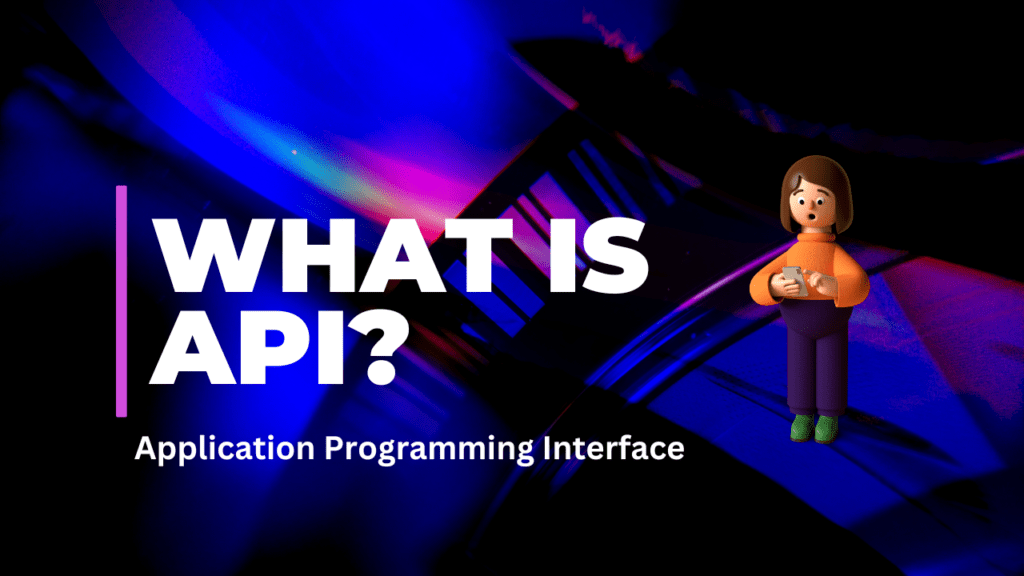
An application programming interface, or API, serves as a mediator between various software applications. It enables them to communicate with one another and share information or features. It allows them to talk to each other and exchange data or functionality. Imagine you have two apps on your phone: a ride-sharing app and a music-streaming app. The ride-sharing app might use an API to connect to the music streaming app so you can listen to your music during your ride.

API Testing Tools
- Postman: It is a popular and user-friendly tool that is well-suited for both manual and automated API testing. It offers a wide range of features, including the ability to send requests, view responses, and write tests.

Importance of Postman:
Even though technology has changed communication, postmen continue to play a significant role in our society.
- Connecting People.
- Essential for business.
- Spreading Information.
- Delivering physical goods.
- Important Documents.
- Supporting remote areas.
- SoapUI: This is a free and open-source tool that is specifically designed for testing SOAP and REST APIs. It offers a wide range of features, including the ability to create test cases, mock services, and monitor API performance.
Key benefits of using SoapUI:
- Ease of use.
- Versatility.
- Cross-platform.
- Free and open source.
- Katalon Studio: This is a comprehensive testing platform that supports API testing, web UI testing, and mobile app testing. It offers a wide range of features, including the ability to create test cases, manage test data, and integrate with continuous integration/continuous delivery (CI/CD) pipelines.
Role Katalon Studio
- Simplifies test creation.
- Supports multiple platforms.
- Enhances test maintainability.
- Provides visual reporting.
- Apache JMeter: This is a free and open-source tool that is primarily used for performance testing, but it can also be used for API testing. It offers a wide range of features, including the ability to simulate load, analyse performance results, and create test reports.
Key functions of Apache JMeter
- Load testing: JMeter simulates multiple users concurrently accessing an application. This helps identify bottlenecks and performance weaknesses that might emerge under high-traffic conditions. By pinpointing these issues, developers can ensure the application functions well during peak usage periods.
- REST Assured: This is a Java library that can be used to write automated API tests. It offers a concise and readable syntax for creating test cases.
Key role of REST Assured
- REST API Testing.
- Domain-Specific Language (DSL).
Key functionalities of REST assured
- Sending HTTP requests.
- Building requests.
- Verifying responses.
- Improved readability.
Key Job Opportunities Related to API

APIs are becoming increasingly important in the tech world, so there are many jobs related to them.
- API Developer.
- API Engineer.
- API Documentation Specialist.
How much do experts earn?
According to various sources, API developer salaries in the US typically range from around $89,400 to $177,500 per year.
The average salary for an API Documentation Specialist in the US can vary depending on several factors, but it typically falls somewhere in the range of $65,000 to $90,000 per year.
Key applications of APIs:
- Building Applications.
- Data Sharing.
- Social Logins.
- Innovation and expansion.
The Importance of API modern business
- Enhanced Efficiency.
- Faster Innovation.
- Improved customer experience.
- Increased revenue streams.
- Stronger partnerships.
Evolution and history of API
The concept of APIs goes back to the 1950s, but the term itself wasn’t widely used until the 1960s and 1970s. Early APIs were simple ways for programmes to talk to each other. The rise of web APIs in the 1990s let programmes communicate over the internet, paving the way for today’s interconnected world.
The Future of API
Overall, the future of APIs is all about making connections easier, faster, and more secure. This will lead to a more interconnected world with innovative applications and seamless integration between devices and services.






